72.5mm Celotex Insulated Plasterboard (PL4060) is a 2 in 1 insulated plasterboard. The board consists of a high-performance PIR board. It also consists of a bonded tapered edge plasterboard. The board itself boasts great thermal properties. It is also easy to install in a variety of applications. Celotex 72.5mm plasterboards are commonly used in solid masonry walls or between and under rafters and joists.
Celotex Insulated Plasterboards are popular as they cut down installation time and also are in line with current building regulation standards. In addition to this, these boards are eco-friendly by helping homeowners reduce the amount of CO2 that they produce. This is achieved by helping to keep spaces warm for longer therefore the need for heating is reduced. On top of that, Celotex Insulated Plasterboards are manufactured with a blowing agent that has zero ODP (Ozone Depletion Potential) and low GWP (Global Warming Potential). Celotex demonstrates that they are environmentally conscious by putting eco-friendly practices in place during the manufacturing process. Celotex Insulated Plasterboards achieve a BRE Green Guide Rating of A+.
72.5mm Celotex Insulated Plasterboard
72.5mm refers to the overall thickness of the board. This thermal laminate board consists of the 12.5mm bonded plasterboard and the 60mm PIR core, which totals 72.5mm. Celotex PL4060 is BBA certified and is quick to install. This product combines both insulation and drylining. 72.5mm Insulated Plasterboard are suitable for internal wall and pitched roof applications.
Celotex 72.5mm insulated plasterboard achieves a thermal conductivity of 0.022 W/mK. It can be used in both existing and non-domestic buildings. This insulated plasterboard can also help to limit the risk of surface condensation. The total coverage of this board is 2.88m2 (with a length of 2.4m and a width of 1.2m). You can calculate the width by height to give you the total coverage of any board.
The Celotex PL4060 thermal laminate board can be fixed using standard masonry fixings and also drywall adhesive which is also known as Dot and Dab.
Celotex PL4060 key features
- Celotex PL4060 gives you the ability to install both plasterboard and insulation in one operation, therefore, reducing installation times.
- Celotex Insulated Plasterboards are suitable for a mechanical fix installation
- They are also suitable for direct bonding installations (dot and dab)
- The tapered edge of the plasterboard allows the installer to have a lot more flexibility. This further reduces installation times
- It boasts long term energy savings for buildings, which is great for the environment.
- Suitable for both new build and refurbishment projects
- PL4060 if often used to upgrade projects to current building regulation standards.
Celotex PL4060
72.5mm Celotex Insulated Plasterboard can also be identified by its product code, which is PL4060. The ’60’ in the code refers to the thickness of the rigid PIR foam core. Every Celotex Insulated Plasterboard product has a 12.5mm plasterboard attached to one side.
PIR Core Thickness – 60mm
Bonded Plasterboard Thickness – 12.5mm
PL4060 Total Thickness – 72.5mm
72.5mm Celotex PL4060 can help you streamline your project by combining PIR and plasterboard. PIR is a number one choice for people who want to improve the retention of heat inside a building. The Celotex PL4000 range is easy to install, boasts excellent thermal performance and reduces installation times. Get the best price on 72.5mm Insulated Plasterboard when you shop with us. We stock and sell this product per sheet. Express delivery is also available. The Celotex PL4000 range is available in a variety of thicknesses.
Celotex 72.5mm Insulated Plasterboard Applications
- Flat Roofs
- Pitched Roofs
- Wall Applications
- The underneath layer between and under rafter and joist applications
- Timber frame lining applications
For more information on this product, you can download all relevant certifications and datasheets from our website. You can also find further product specifications in the table below.
| Dimensions | 2400 × 1200 mm |
|---|---|
| Brand | Celotex |
| Thickness | 72.5mm |
| Material Type | Polyisocyanurate (PIR) |
| Pieces Per Pack | 1 |
| Sales Unit | Board |
| Unit Coverage | 2.88m2 |
| Manufacturers Reference | PL4060 |
| Thermal Conductivity | 0.022W/mK |
| Density | 31kg/m3 |
| Fire Rating | Euroclass B |
| Edge Type | Tapered |
| Facing | Paper Facing |
| Weight (kg/m2) | 11.31kg/m2 |
| Product Range | Celotex Insulated Plasterboard (PL4000) |
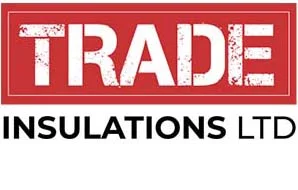
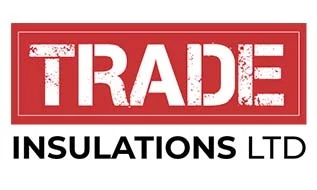
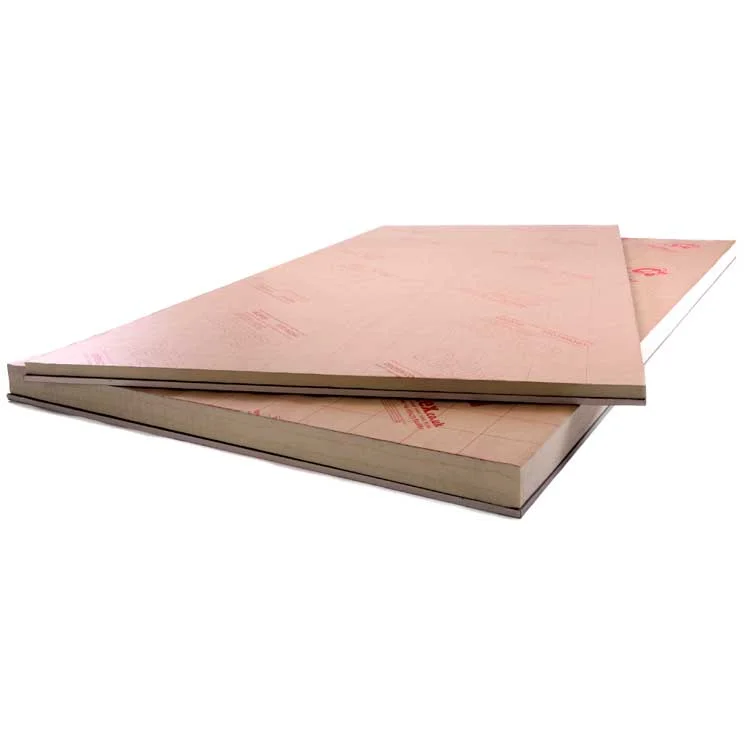
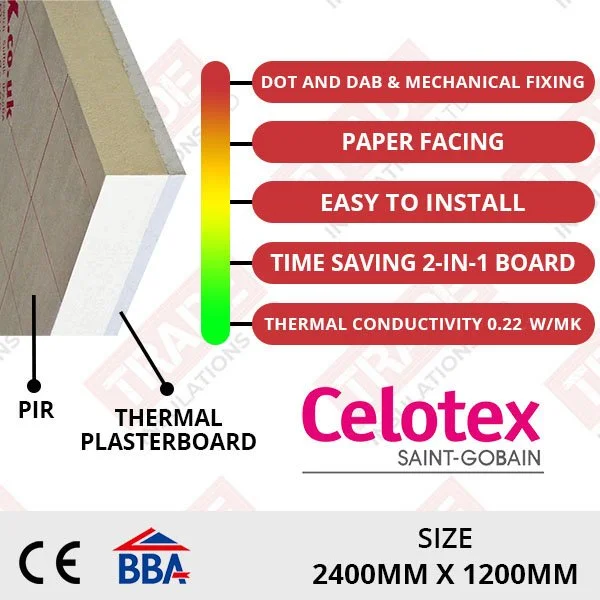
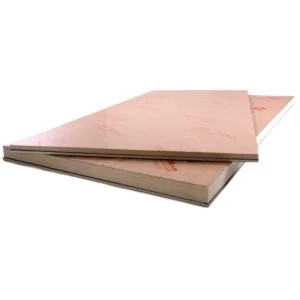
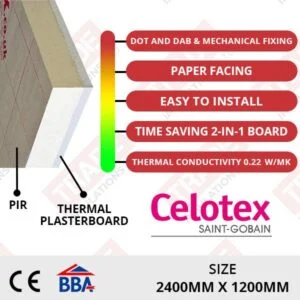




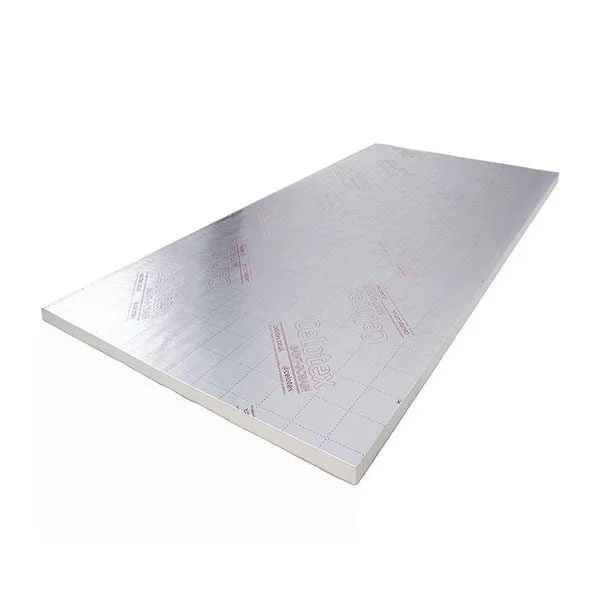
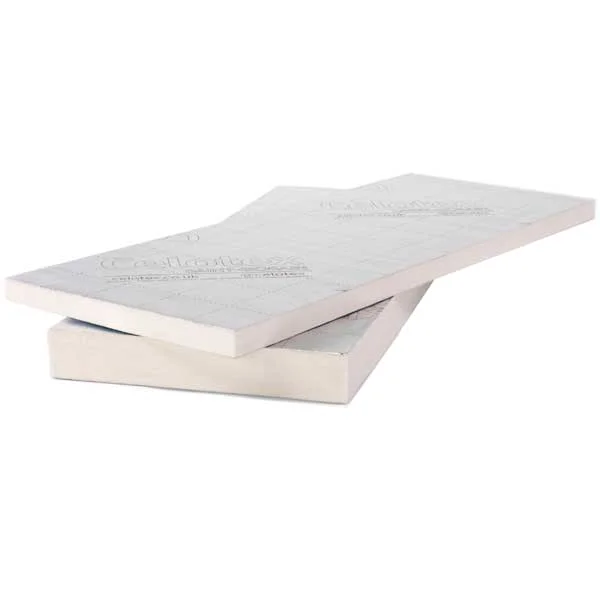
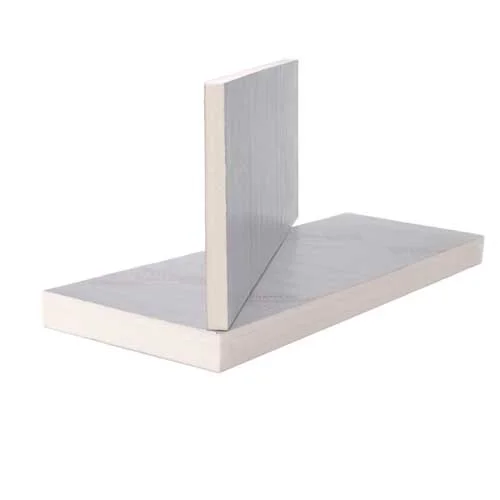
Zander –
Celotex 72.5mm, nice to work with and excellent quality
Greyson –
is this 60mm Celotex Board and 12.5mm Plasterboard???
Julian –
Is this instock i thought insulated plasterboards only went up to 62.5mm???
Tracy-Leigh B –
Saved money by ordering the material myself. No complaints from our builders so far on the Celotex!
Dave Moresfield –
Great product and quick delivery but unfortunately the driver would not carry to boards in and I live on the third floor.
Willow @ Super Homes (Essex) –
Trade Insulations come up 1st on google, checked out their reviews and this nudged me to order my insulation products online with them.
Mallored Luxury Homes –
was advised by my builder I needed PL4060, Trade Insulations come up saw some good reviews and thought I would give them a go. Lets just say they have my business for the year very happy and nice people.
K S Plant and Marine –
Really strong board not as heavy as I thought but very happy, ordered 20 boards but will require 7 more.
Mrs Morris –
No one had any 72.5mm Insulated Plasterboard anywhere & Trade Insulations got this delivered in 3 days. Thanks to the girls in sales for helping me.
Phillip Basle –
Had to wait a week for my delivery but happy with the price and no builders merchants couldn’t get this for 3-4 weeks.
Mason Shorg –
Got delivered in 3 days.
Darren Homley –
Easily installed